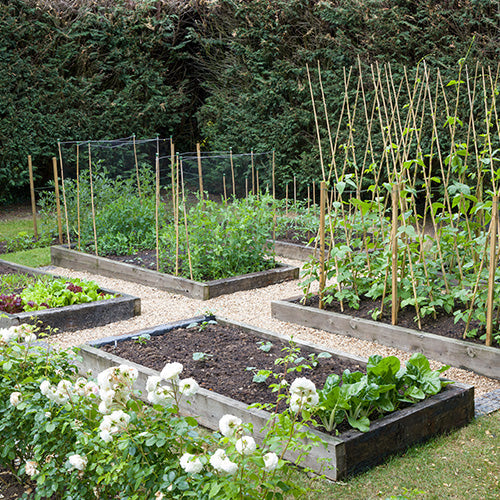Brassicas are often chosen by gardeners as most varieties are easy to grow and typically problem-free. However, there are some issues that they can face. Below are the most common and methods of either preventing or resolving them:
Pests: Collectively, brassicas are vulnerable to a range of pests, such as caterpillars and aphids. One of the most bothersome is the cabbage root fly, which can attack cabbages and several other brassica plants.
If you put on a covering of Enviromesh UV30 Fleece to deter cabbage root fly, this will also keep off many other pests. You can also use cabbage collars to protect against cabbage root fly as described above under Plant Care. Otherwise, keep a watch for any pests and pick them off or use pest and disease control products, such as bug spray, if necessary.
Birds: Birds, specifically pigeons, are known to attack brassica plants. Where bird damage is a problem, and you are not protecting plants with Enviromesh, cover them with some bird-proof garden netting, at least until they are established.
Wind rock: Some brassicas can be vulnerable to wind rock, which is when roots are loosened as a result of winds, impacting your plants’ growth and yield. To prevent this, ensure to press the soil firmly when planting your brassicas and apply an organic mulch. Some taller brassicas, such as Brussels sprouts and kale, may need staking in exposed positions.

 How to Grow Brassicas
How to Grow Brassicas

 Ground Prep
Ground Prep

 Sowing
Sowing

 Planting
Planting

 Plant Care
Plant Care

 Harvesting
Harvesting

 Problems
Problems

How to Grow
Ground Preparation
Sowing
Planting
Plant Care
Harvesting
Problems















Leave a comment
All comments are moderated before being published.
This site is protected by hCaptcha and the hCaptcha Privacy Policy and Terms of Service apply.